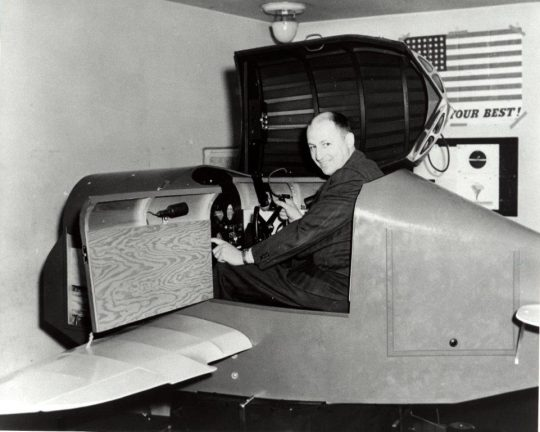When we think of flight simulators today, high-tech cockpits with digital screens and VR headsets often come to mind. But the origin of flight simulation dates back to a much humbler invention one that helped shape the outcome of World War II. It was called the Link Trainer, and it was the brainchild of a man named Edwin Link in 1929.
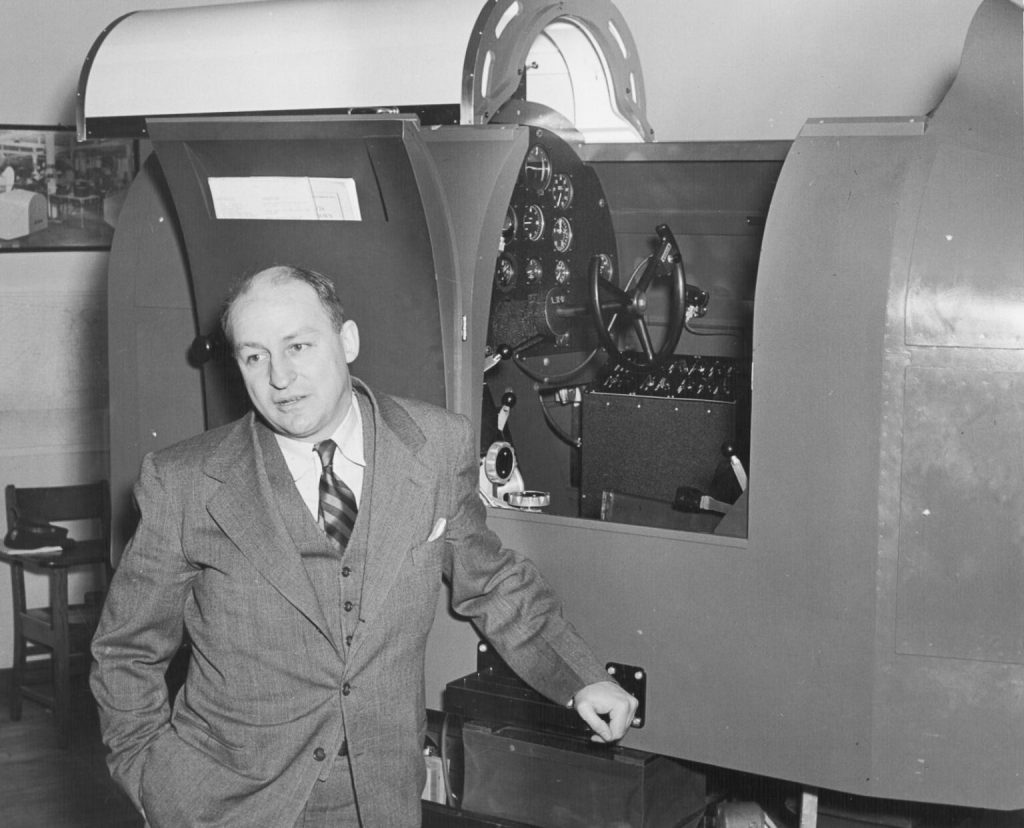
A Dream Born from Organs and Air Pumps
Edwin Link wasn’t an engineer in the traditional sense. He actually came from a family that built player pianos and church organs. But that background gave him something unique an understanding of how air pressure, bellows, and vacuum systems could be used to control movement. Tired of the lack of hands-on flight training available to beginner pilots at the time, Link started experimenting.
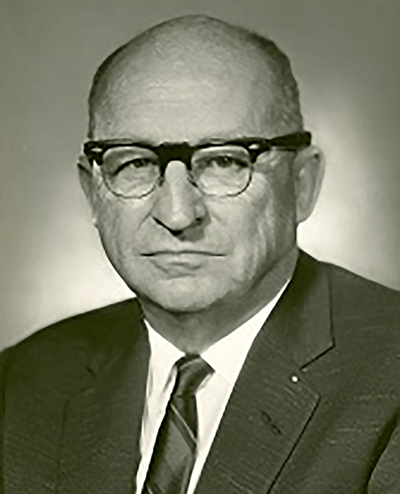
He ended up designing a mechanical cockpit that could tilt, pitch, and simulate the feel of flight all from the ground. The first Link Trainer was built using parts from organ systems and featured a canopy, stick controls, and rudder pedals. The trainer could mimic turns, climbs, stalls, and dives essential skills every pilot needed to master.
Video:
Edwin A. Link | Path Through History | WSKG History
A Slow Takeoff in the Civilian World
At first, the aviation industry didn’t know what to make of Link’s invention. It was novel, certainly, but seemed like more of a curiosity than a crucial tool. Flight schools weren’t quick to adopt it, and early sales were modest.
That all changed in the mid-1930s when the U.S. Army Air Corps decided to give it a shot. They needed a safer, more effective way to teach instrument flying navigating without visual cues and Link’s machine was the perfect solution.
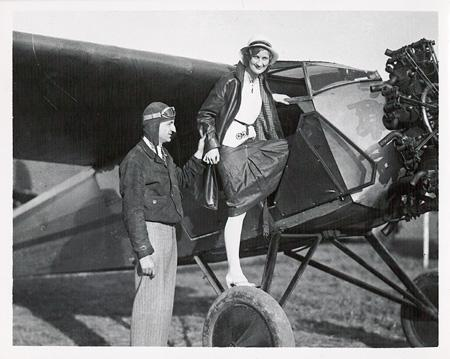
World War II: The Link Trainer Takes Flight
When World War II erupted, the demand for pilots surged. But time was tight, and safety was critical. The military needed a way to rapidly train thousands of pilots in instrument flight and navigation skills essential to combat missions.
The Link Trainer became the backbone of this effort. Over 10,000 units were produced during the war, and they were used in training facilities across the U.S., U.K., and Allied countries. More than one million pilots went through simulation drills in what many jokingly called “The Blue Box” or “Pilot Maker.”
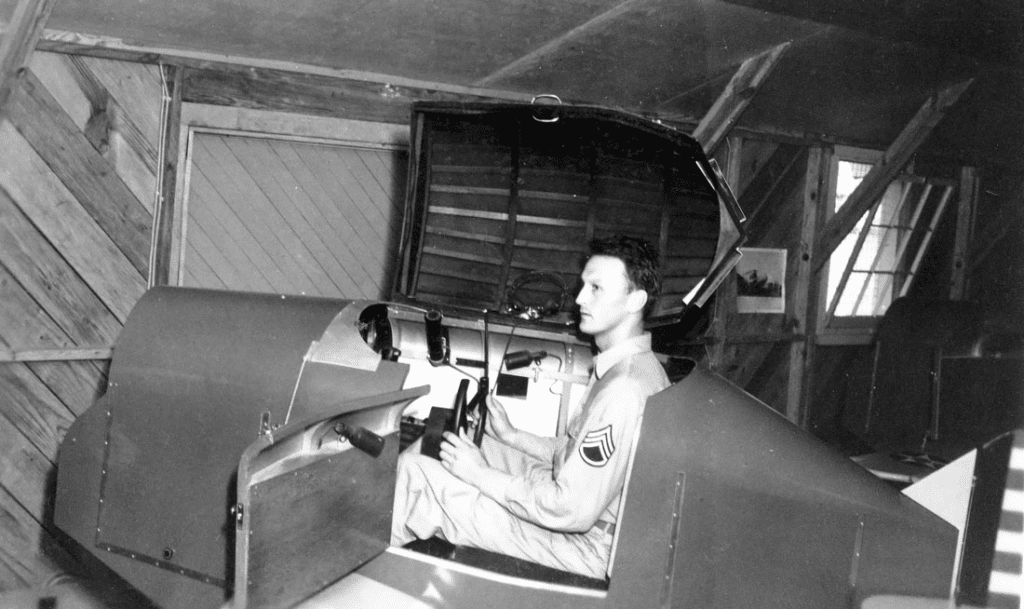
Inside the box, instructors could simulate everything from turbulence to night flying. A device called the “Instructor’s Desk” allowed trainers to track a pilot’s performance, creating flight paths on a paper map. Every misstep was documented every drift off-course or altitude error a chance to correct before lives were at stake in the real skies.
Why It Mattered
The Link Trainer didn’t just save money or fuel it saved lives. It let novice pilots make their mistakes safely on the ground. It made training faster and more effective, and it ensured that when these men finally stepped into the cockpit of a real aircraft, they were far better prepared.
Video:
A working flight simulator, no computers necessary
Many historians credit the widespread use of the Link Trainer as a key reason Allied air forces had an edge during the war. It reduced training accidents and gave pilots the confidence they needed to navigate hostile skies.
A Legacy That Still Flies Today
Though modern flight simulators have evolved to include motion platforms, digital displays, and satellite-based mapping, the core idea started with Edwin Link’s modest invention. His blend of creativity, mechanical skill, and vision laid the groundwork for one of the most important training tools in aviation history.
The original Link Trainers can still be seen in aviation museums around the world a tribute to how a wooden box with bellows changed the face of aviation training.
In the end, Edwin Link didn’t just invent a simulator he gave pilots a second chance before they ever left the ground.
